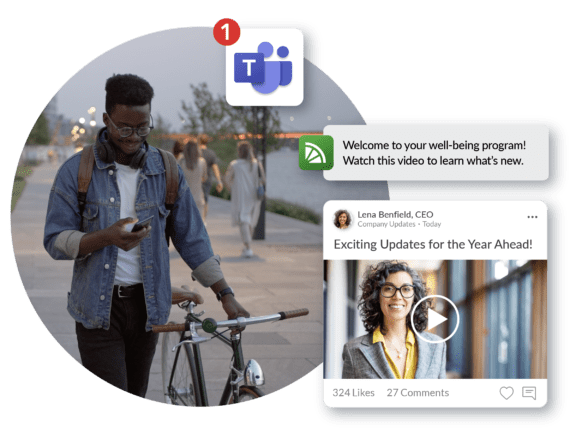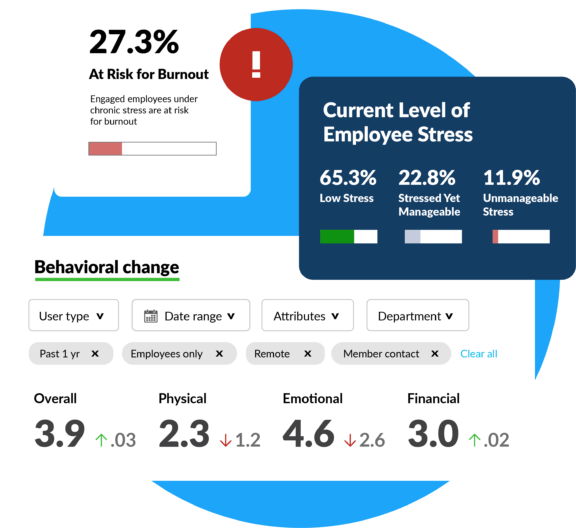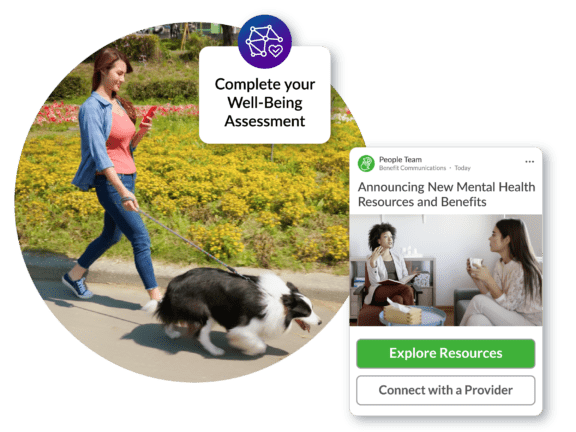Written by: Dr. Patti Fletcher
Loneliness and isolation are complex issues that can stem from a variety of factors, including social isolation, lack of community support and poor mental health. And loneliness can feel different for different people. The impact of forced isolation during the global pandemic and lasting impact on our way of working and living have all contributed to the mental health crisis in which we find ourselves.
What are loneliness and isolation?
Loneliness and isolation are universal human experiences that can impact individuals of all ages, cultures and backgrounds. At their core, these concepts refer to a sense of disconnection from others and the world around us. Loneliness is the feeling of being alone, unwanted or misunderstood, while isolation is the state of being physically or emotionally separated from others. Both can have profound emotional and physical effects on individuals, including depression, anxiety and even increased risk of mortality.
Examples of situations that can lead to loneliness and isolation include living alone, experiencing social rejection, and feeling disconnected from one’s community or culture. However, there are ways to address and mitigate these feelings, such as building meaningful relationships, seeking support from mental health professionals and participating in activities that foster a sense of connection. By understanding the complexities of loneliness and isolation, we can work towards creating a world of work where everyone feels seen, heard and valued.
An epidemic of loneliness and isolation
The U.S. Surgeon General recently declared that we are deep in a loneliness and isolation epidemic. The social connection report compares the loneliness impact on longevity to that of cigarette smoke; “…lacking social connection can increase the risk for premature death as much as smoking up to 15 cigarettes a day.” Quality of life is also severely impaired — people experiencing loneliness and isolation experience significant decreases in each of the four well-being themes defined by Limeade: physical, emotional, financial and work.
The impact of loneliness and isolation on the mental health and well-being of employees cannot be ignored. The Center for Disease Control found that mental health challenges negatively affect employee productivity, engagement, communication and physical capabilities — potentially decreasing cognitive performance by 35%. Additionally, the World Health Organization reported that globally, approximately 12 billion working days are lost every year to depression and anxiety — costing the U.S. $1 trillion per year in lost productivity.
How leaders can support mental health and connection at work
While there’s no one-size-fits-all solution to loneliness, business leaders can take several steps to create a workplace environment that fosters connection and helps employees feel less lonely. Here are some suggestions:
1. Build connections between company, culture and community
Whether employees are hybrid, in the office or fully remote, leaders can lay the foundation to encourage social interactions among employees. Connections are important for mental health, and they can be made in person or online with coworkers who share interests or goals. By providing opportunities for your employees to connect during and outside of work hours, you can help them feel less lonely and isolated.
How Limeade can help:
Founded on the science of care, over four million people around the globe use Limeade for team-building activities, peer and leader recognition based on value-based behaviors, ERG support and engagement, company-wide and regional events. With listening at its core, Limeade customers have built healthy workplaces where employees are heard, and people get to know one another better and build strong relationships.

2. Infuse well-being into the flow of everyday work
Choosing between work and caring for personal well-being should not be a decision forced upon leaders or employees. Infusing well-being into daily work can help employees combat loneliness and improve overall well-being without feeling like they have to choose one over the other. For example, encourage employees to take a walk outside or grab some fresh air in between tasks, incorporate movement into the day (even if it’s just for a minute), go for coffee with a friend or coworker, or even just chat with them about what they’ve been up to lately.
How Limeade can help:
Using technology, such as Limeade Well-Being for Microsoft Teams for desk workers or via our mobile application for deskless workers, offers gentle nudges that make space for employees to take breaks, join conference calls while walking in nature or a desk treadmill, and harness positive energy to complete work versus working longer and harder. Infusing well-being into work helps create a healthy workforce.

3. Partner with experts to seek out new ways to support holistic well-being
The mental health challenges associated with loneliness and isolation will not be resolved using traditional means of benefits administration and clinical support. Mental health is a human condition that requires a human approach — one that asks new questions and uses data to help find pathways to health.
How Limeade can help:
Working with experts who care as much about the well-being of your employees as much as you do and have the experience of identifying signals and deploying progressive strategies to address mental health hotspots before they become a problem is the only way to navigate the unprecedented road ahead.

4. Provide easy access to loneliness and isolation mental health support
Companies spend billions of dollars a year on services, treatment and missed workdays related to mental health issues. When facing a mental health challenge, easy access is critical. Yet, employees can’t always easily find the resources their employers have for them.
How Limeade can help:
Forrester Total Economic Insights report found that using Limeade to provide a truly immersive well-being experience gives easier access to resources and support for employees struggling with mental health issues. Resources such as counseling or therapy services gives employees what they need, when they need it, while also reducing the high costs associated with care and lost productivity hours.

A culture of care supports mental health
Frequent well-being experiences throughout the day increase positive energy directly combating the negative impact of loneliness and isolation on physical, emotional, financial and work well-being — such as feelings of psychological safety, depression, anxiety and fatigue. By taking these steps, business leaders can create a workplace that infuses well-being into the employee experience, promotes social interaction and supports mental health.


